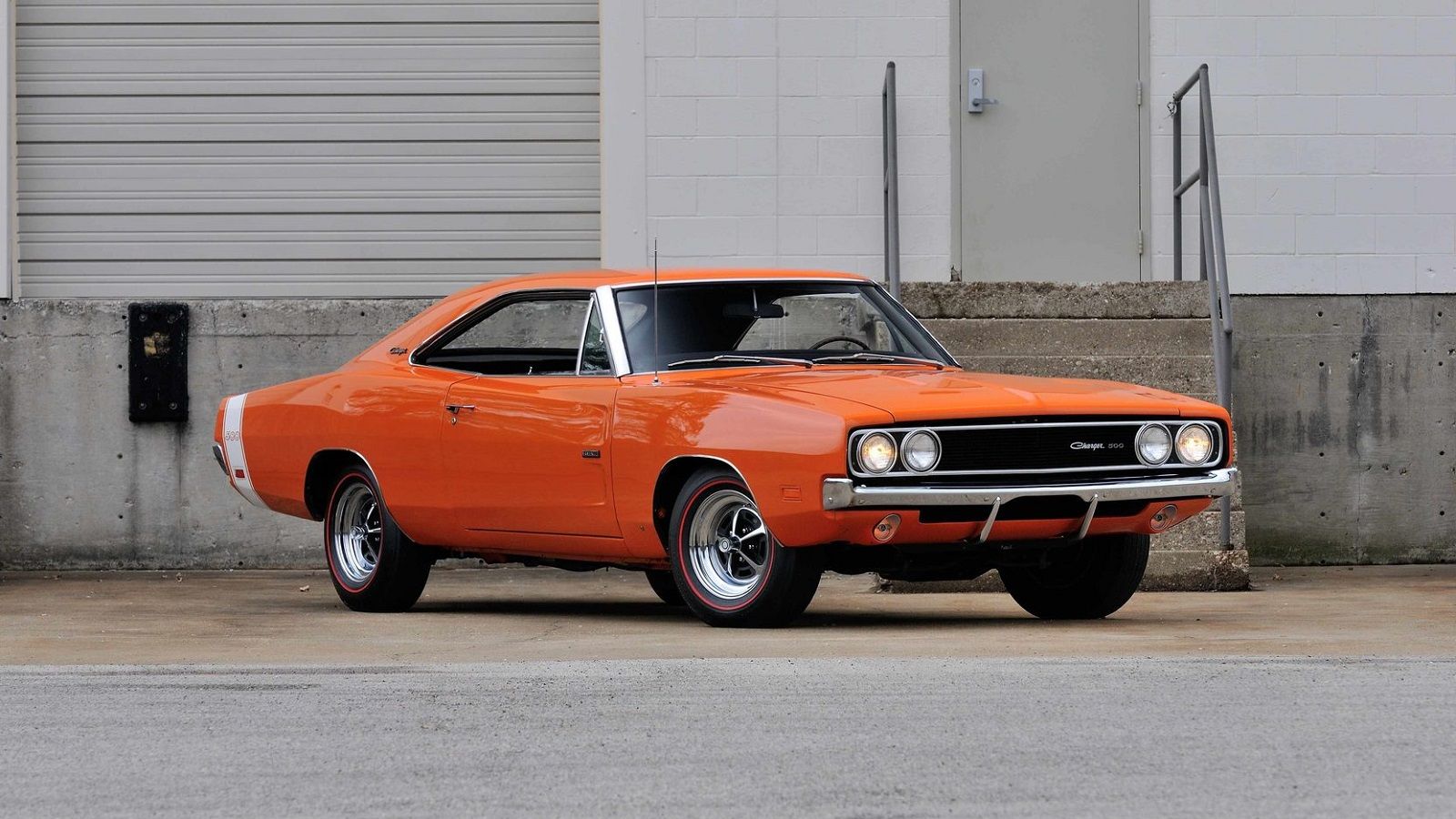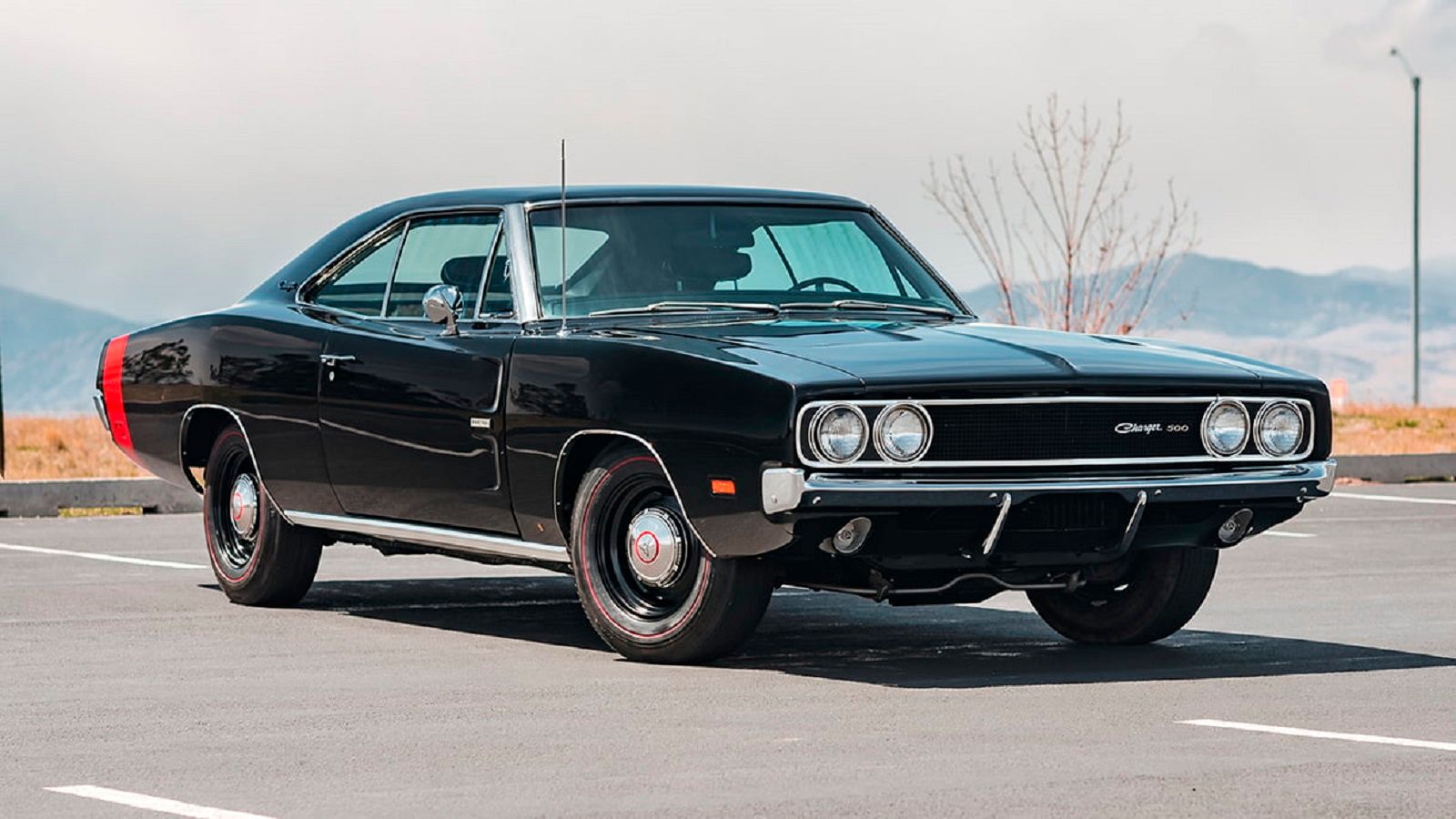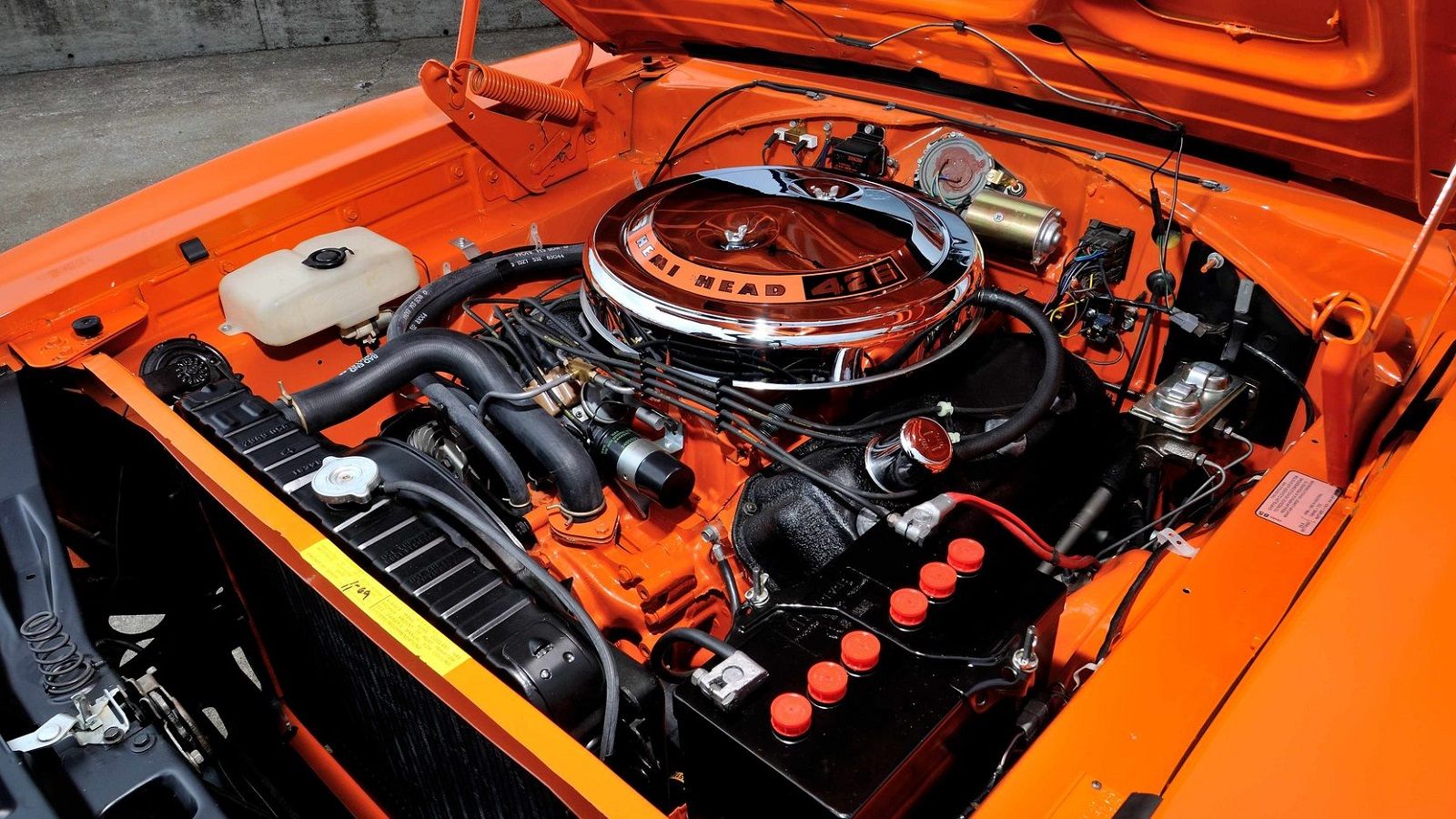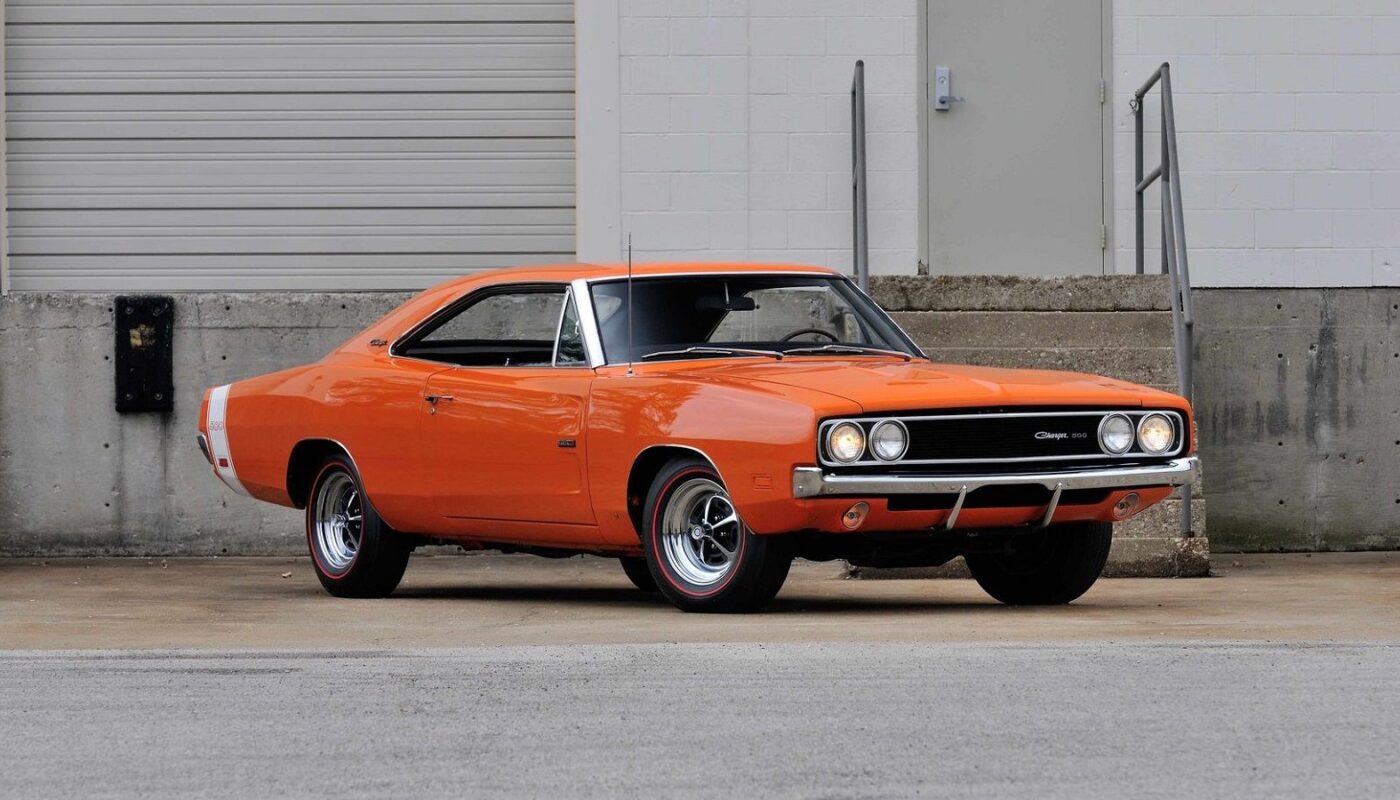The car in 1970 that made Dodge famous in NASCAR was the Dodge Charger Daytona. The car with a big fin on the back and a curved, rounded nose similar to what would be seen on the Ferrari and Corvette. The design made history not only by looks but by the wins that Dodge racecar drivers could put up on the board for once. Before the Daytona Charger, came along though, was the 1969 Dodge Charger 500, the racecar that could never live up to the hype.
That is not to say that the Charger 500 was not a great performance car because it was. Ford just beat Dodge to the punch and created the Ford Torino Talladega that dominated the NASCAR circuit throughout the 1969 racing season. Unfortunately for Dodge, the Charger 500 was simply not enough to win the aerodynamic wars during ’69, so the car was scrapped and replaced.
The great thing about that is the Dodge Charger 500 was still produced for the average buyer because of the NASCAR rules of the time, so professional drivers may have given up on the car, but that leaves more for the average person to buy up.

During the end of the ’60S, NASCAR had a rule that was much different than today’s regulations, but it was how it had to be back then. That rule was that 500 production examples of every car on the track must be built and sold to the general public. Since the car on the track had to resemble the vehicles being sold (unlike now), the Dodge Charger 500 was offered on the market.
For some reason, the officials at NASCAR did not keep track of the number of production cars that Dodge was making, so by the time the company had pushed out around 392 cars, they stopped and called it good. Since NASCAR was not keeping its eyes on the count, it had no way to dispute the number, even if it felt the need to do so.
So, the 500 Charger may be a bit hard to find for the classic muscle car collector today. When it is, the average going price is right around $100,000 but since the Charger 500 has a close sibling, the Dodge Charger R/T, it is possible to find a car close to the 500 if the exact model is not a requirement.
Charger 500 Was A Converted Dodge Charger R/T

The Charger 500 was an idea of the racing teams at Dodge, but because of the cost of creating an entirely new model, they decided to use one that was already on the production lines. The Dodge Charger R/T was already in the works, so the unfinished Charger R/Ts were sent to the shops at Creative Industries, where they made the necessary modifications.
They made aerodynamic changes to the car, starting with the grill that they mounted flush to the body. From there, builders reshaped the rear window to create a fastback style, and a front spoiler was added on. The modifications made a car that gained three to five miles per hour on the superspeedways, which was not good enough to beat the Ford and Mercury racecars that simply dominated in 1969.
The R/T can be found on the market for a reasonable price today, but the majority of the big block cars that came off the production lines had a 440 Magnum V-8 under the hood. It is a great engine that can produce up to 375 horsepower and 480 pound-feet of torque. The Dodge Charger 500 could also be bought from the factory with a 440 Magnum, but it had a better option that made the car a step above its sibling.
The 426 Hemi Was The Engine Of Choice In The Charger 500

The engine chosen to represent Dodge on the NASCAR circuit in 1969 was not the 440 Magnum but the 426 Hemi. The seemingly smaller engine produced up to 425 horsepower and 489 pound-feet of torque, which was a substantial improvement over the 440. The 426 Hemi is a naturally aspirated engine, which is one of the reasons why aerodynamics became so crucial for NASCAR racecars being built.
Since the 426 Hemi option was also placed on the table for the Charger R/T as well, the Charger 500 was only better than its sibling through the aerodynamic changes that Creative Industries added. Today it is obvious how much aerodynamics can play into the success of a racecar.
Back when things were just getting started on aerodynamics, the car being driven was one of the most important things for a good driver, which is why the 1969 Dodge Charger 500 was a complete failure for the track. Still, it leaves a great car on the market for those Mopar fans that love the old classics. A true classic muscle car built to race but able to be used as a daily driver.
